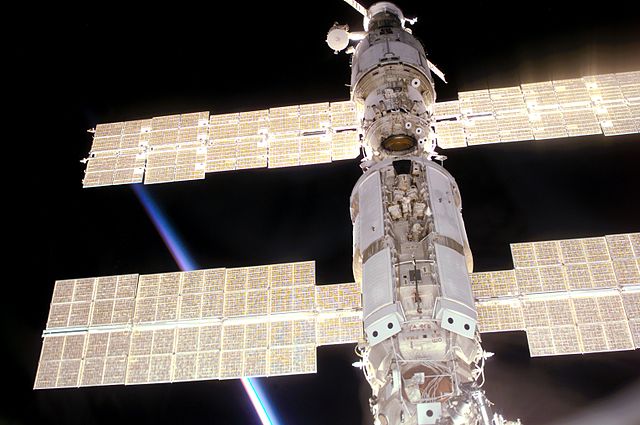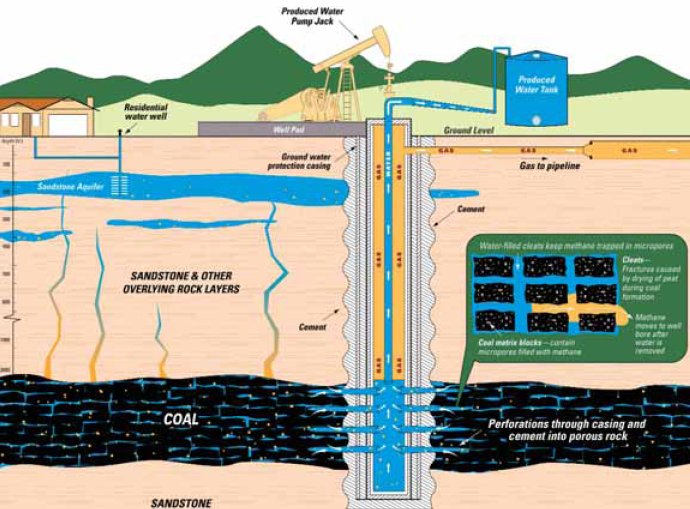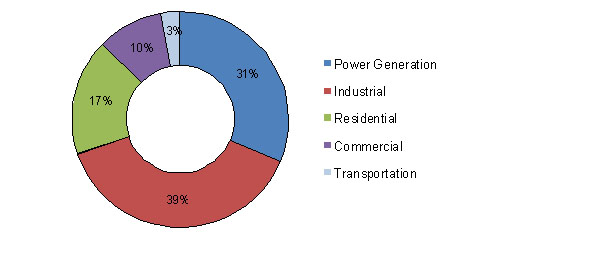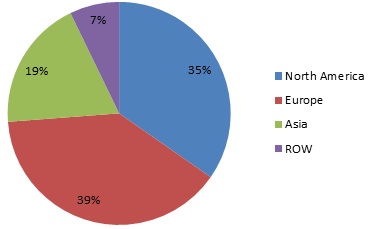Method of generating electrical power by converting solar radiation into direct current electricity is called Photovoltaics (PV), using semiconductors that exhibit the photovoltaic effect. Photovoltaic power generation employs solar panels composed of a number of solar cells containing a photovoltaic material. Materials presently used for photovoltaics include monocrystalline silicon, polycrystalline silicon, amorphous silicon, cadmium telluride, and copper indium gallium selenide/sulfide.
PV technology initially had to contend with issues such as low
conversion efficiency and high initial investment. However, power output
has significantly improved through the development of new technologies
involving mirrors/reflectors that focus sunlight falling over a huge
area onto a small set of PV cells. CPVs are also often equipped with trackers following the sun’s position
so that sun rays directly hit the panel of reflectors and are then
redirected to the PV cell arrays. As CPV reflectors require huge open
areas, the technology often has to contend with the issue of water
shortage for cooling CPV cells. Air or the hybrid wet-dry cooling
technology enables the use of CPV cells in deserts and isolated places

(Source-Wikipedia image)
The Concentrated Photovoltaic (CPV) market includes Low Concentration
Photovoltaic (LCPV), Medium Concentration Photovoltaic (MCPV) and High
Concentration Photovoltaic (HCPV). The CPV market is still in a nascent
stage but is developing rapidly due to the finite nature of
non-renewable sources of energy, and the increasing demand for higher
output and green energy. The CPV market is estimated to reach $266.0
million in 2014 from about $63.9 million in 2009.
Among all segments, HCPV commands the largest share of global CPV
market, and is also expected to have the highest CAGR of 39.1% from 2009
to 2014. The conversion of HCPV systems lowers land requirement, and
facilitates higher energy output at lower costs. HCPV technology is thus
expected to achieve cost parity with conventional sources of
electricity at a faster rate than other CPV technologies. With growing investments and large pipeline of projects, the total
installed CPV installed capacity is expected to reach 1 GW by 2013.
The R&D conducted by the instituto de system as fotovoltaicos de
concentrancion (ISFOC) of Spain has played a significant role in the
development of CPV technology. The global CPV market is yet to be
diversified and currently witnesses only limited competition. Some of
the key players in this field are SolFocus, Concentrix Solar, Emcore,
Spectrolab, Guascor Photon, Silicon CPV etc. New startups such as
Semprius, Cyrium Technologies, GreenVolts, Sol3g etc have also begun
making significant contributions in the development of CPV market.
Resource-sharing collaborations and new technology developments are the
two most popular strategies being adopted by companies in this field to
gain competitive edge in the market.



